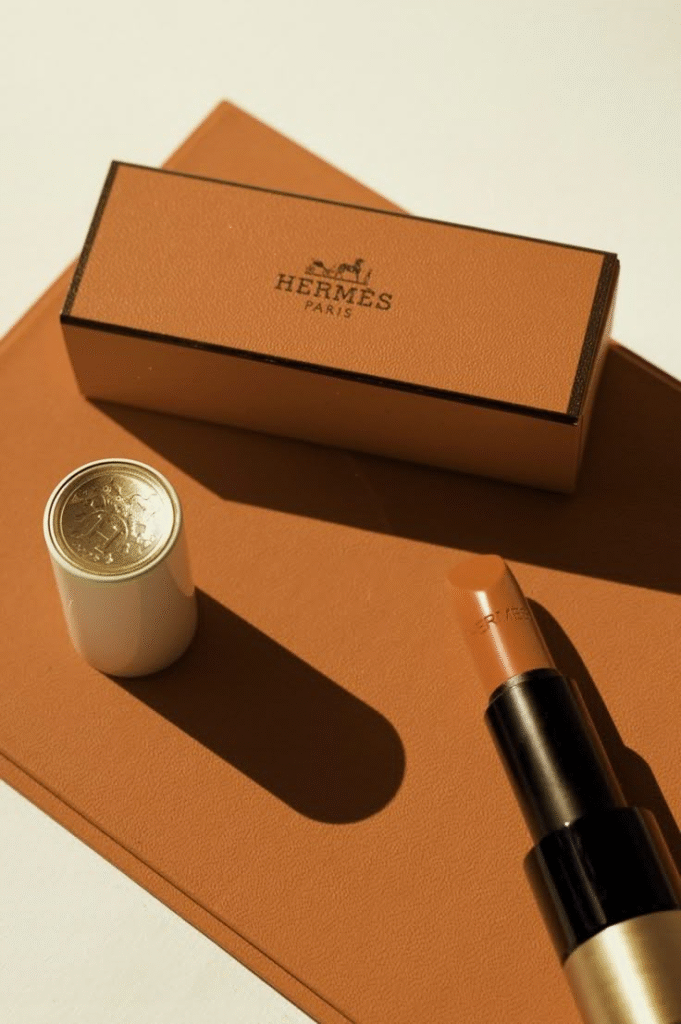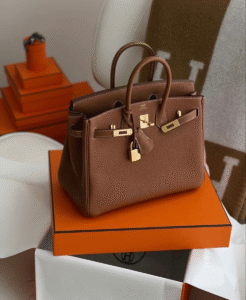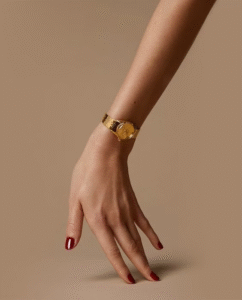HERMÈS VERSUS HERDES : Trademark Opposition

The Japanese Patent Office seems to have it out for the western luxury brands. Not long ago the Japanese Patent Office had refused the enforcement of the red colour used on the source of high heels by Christian Louboutin due to lack of inherent and acquired distinctiveness, making the brand unable to prevent Japanese brands from painting the soles of their shoes red. Other brands such as Moncler, Gucci, Champion, Jimmy Choo, Furla and Apple also had to face failure.
However, the reasoning provided by the patent office, in retrospect, holds true to the basic element of “distinctiveness” of a trademark. The office observed that while the brand may have a distinctive identity of making red soled shoes, the same was a practice in Japan since long and was not a new concept for the general public. Unable to prove the contrary, the red soled brand had to back out from this long drawn battle with an unfortunate defeat.
Now it is another brand, which has suffered an inconsolable defeat. Hermès, the beloved luxury handbag producer has lost its suit against Rareleak Co. Ltd. to prevent the registration of the mark “HERDES” in the JPO under class 18 for jewellery and bags.
The miniscule difference of a single syllable between “Hermès” and “Herdes” is quite similar to the case of trademark infringement between the marks “Zara” and “House of Zana” which was as in this case also won by the underdog in the UK based battle. However, we will be comparing these two cases to get a better understanding.
The Opposition by Hermès relied on Article 4(1)(xi) of the Japan Trademark Law:

“According to Section 4(1)(xi) of the Trademark Law, a trademark identical with or similar to a prior applied, registered trademark used in identical or similar goods/services with the registered mark is not registrable. Similarity of marks is determined in a comprehensive examination that takes into account the appearance, sound, and meaning of marks.”
It must be noted that the JPO examiner had granted protection to the mark “Herdes” and published it for “post grant” opposition. This is slightly different from other legal regimes such as the USA and India, where the publication is made prior to the registration of the mark i.e. the mark is open for opposition before registration and not after. Furthermore, the time limit to file an opposition is considerably shorter in comparison to India, which is four months as compared to the two months granted by the Japanese law.
Hermès supported its opposition with precedents however, the JPO declared the marks to be dissimilar by stating that the marks taken as a whole indicate different words and hence are distinguishable in appearance. Furthermore, the court pointed out that unlike Hermès, the opposed mark Herdes did not have any specific conception behind it, which was also dissimilar to Hermès which clearly is meant to denote the Greek god Hermes.
If we come back to the case of “Zara” versus “House of Zana”, the basic contention behind Zara’s opposition against the latter was the word “Zana” which it claimed was deceptively similar to the former. It stressed that the mere difference of “n” and “r” was inconsequential and claimed it to be a mere “brush mark difference”.

In both the cases, the judges carefully considered the target consumer of luxury brands such as Hermès and the fast fashion brand Zara to come to the conclusion that, the consumers being well-informed were well in their capacity to differentiate between the marks Hermès and Herdes, as well as Zara and House of Zana when taken as a whole.
However, it cannot be ignored that in the case of Zara versus House of Zana, the defendant heavily relied on her sincerity towards her Albanian roots and the conceptualization behind the term “Zana” which meant “fairy”. The JPO however, did not focus on the “original conception” of the mark and only concerned itself with the ability of the consumer to differentiate between the marks when considered as whole.
This is another difference in the trademark law practised in India, as trademark applicants are often required to provide information regarding the conceptualization of a trademark, in order to prove originality, bonafide intentions and conceptual distinguishability with respect to any trademark opposition matter.
From the above, one can either deem the JPO to be quite lenient when it comes to trademark registrations as compared to India, which is known to have been quite strict when it comes to registration of trademarks; or it might be a result of an internal policy promoting local business in comparison to the businesses from the west. The fact that the oppositions are allowed post registration is also a challenge, since during the opposition proceedings, which may have a tendency to span over a significant period of time, an opportunity arises for the applicant to aggressively advertise their registered mark and gain a stronghold in the market, either by itself or through the coattails of the opposer, and hence capture a significant consumer strata by then.









